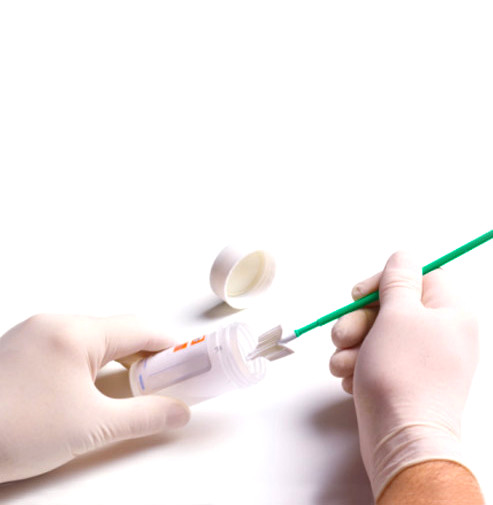Five-year cervical scheme starts
 A national cervical screening program started this month.
A national cervical screening program started this month.
Cancer experts are urging women to take advantage of the scheme, which they say will increase the rate of detection of women at risk of cervical cancer.
The new screening regime changes the two yearly Pap test for people aged 18 to 69 to a five yearly human papillomavirus (HPV) test for people aged 25 to 74.
People will be due for the first Cervical Screening Test two years after their last Pap test. The changes include:
- the Pap test will be replaced with the more accurate Cervical Screening Test
- the time between tests will change from two to five years
- the age at which screening starts will increase from 18 years to 25 years
- people aged 70 to 74 years will be invited to have an exit test.
Cancer Council NSW's Karen Canfell said the new scheme would increase detection of precancerous lesions.
“And that means that it will protect women longer term and for a longer degree against developing cervical cancer,” Professor Canfell said.
“So that's the first major issue for women that we all care about.”
“We really want to get the message out there, if you have been overdue for your pap smear — and we know there's a lot of women [who are] — then it's really timing and it's now possible to access this great new testing procedure.”
The reforms will also see separate state and territory cervical cancer registers become one.
CEO of the Australian Cervical Cancer Foundation, Joe Tooma, said having different registers in each state was a problem.
“And every state does something a bit different,” he said.
“So if you actually move from say Queensland to NSW, you might actually get lost in the system — so that's why it's so important that we have a national register.
“I mean people are so mobile these days, we just need to have consistent data and exactly the same sort of process for having women go for screening all around Australia."
There is more to come, too, with self-testing expected to be rolled out next year.







 Print
Print